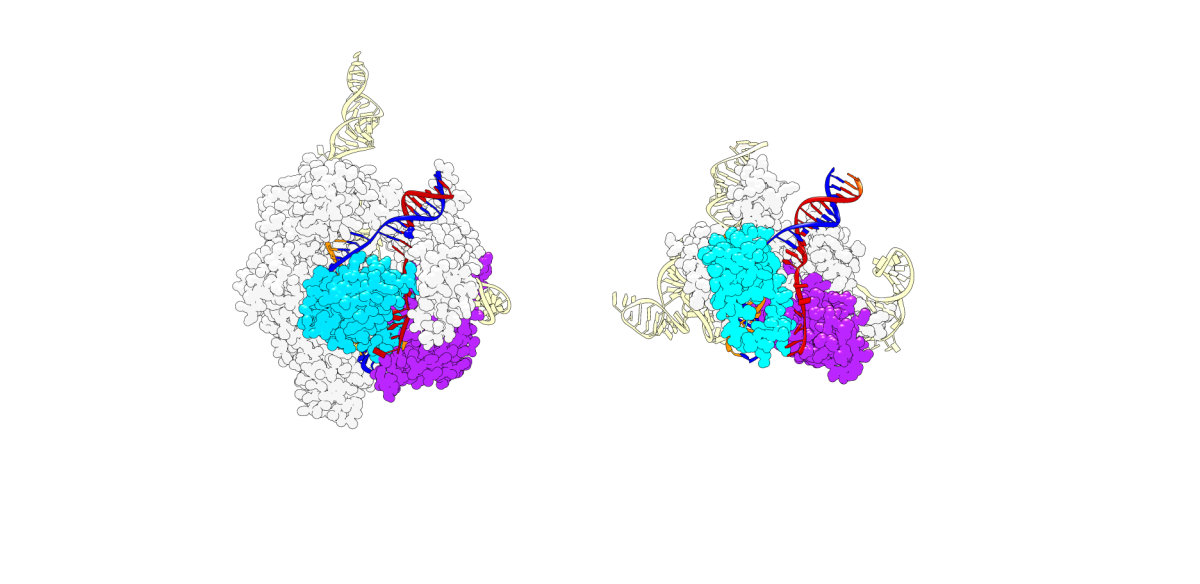
Transposons Provide Insights on Making More Effective Genome Editors
June 9, 2022| |
Cornell University researchers are finding ways to make smaller and more useful versions of CRISPR-Cas9. Their findings are released in Science.
CRISPR has been an effective tool in genomic medicine. However, Cas9 size is too large to be fitted into genome therapy vectors. Cornell scientists explained how this can be addressed by looking into transposons, mobile genetic elements found inside bacteria. A family of transposons codes for IscB, which is less than half the size of Cas9 but equally capable of DNA editing. When Cas9 is replaced with IscB, the size problem is solved.
The researchers were able to remove non-essential parts of the IscB, and came up with slimmer variants. They think that it can be further reduced and become even more useful. Their next step is to find ways to improve the activity of the genome editor in human cells.
Read more from the Cornell Chronicle.
| |
You might also like:
- Pocket K No. 54: Plant Breeding Innovation: CRISPR-Cas9
- Research Shows How Transposon Insertion Confers Resistance to Bt Cotton in Pink Bollworm
- Researchers Edit Genomes of Microbes Growing in a Community of Different Species
Biotech Updates is a weekly newsletter of ISAAA, a not-for-profit organization. It is distributed for free to over 22,000 subscribers worldwide to inform them about the key developments in biosciences, especially in biotechnology. Your support will help us in our mission to feed the world with knowledge. You can help by donating as little as $10.
-
See more articles:
-
Gene Editing Supplement (June 9, 2022)
-
Research and Tools
- IITA Study Explores CRISPR Genome Editing for Africa's Major Staples
- Transposons Provide Insights on Making More Effective Genome Editors
- More Precise Timing of Gene Editing Achieved with Chemical Method
-
Trends and Impact
- Agricultural Genome Program to Enhance Abu Dhabi’s Food Security Capability
- EU-SAGE Launches Interactive Database of Genome-Edited Crops
- Philippine Regulators Receive Training on Assessing PBI Applications
-
Read the latest: - Biotech Updates (December 10, 2025)
- Gene Editing Supplement (November 26, 2025)
- Gene Drive Supplement (February 22, 2023)
-
Subscribe to BU: - Share
- Tweet

